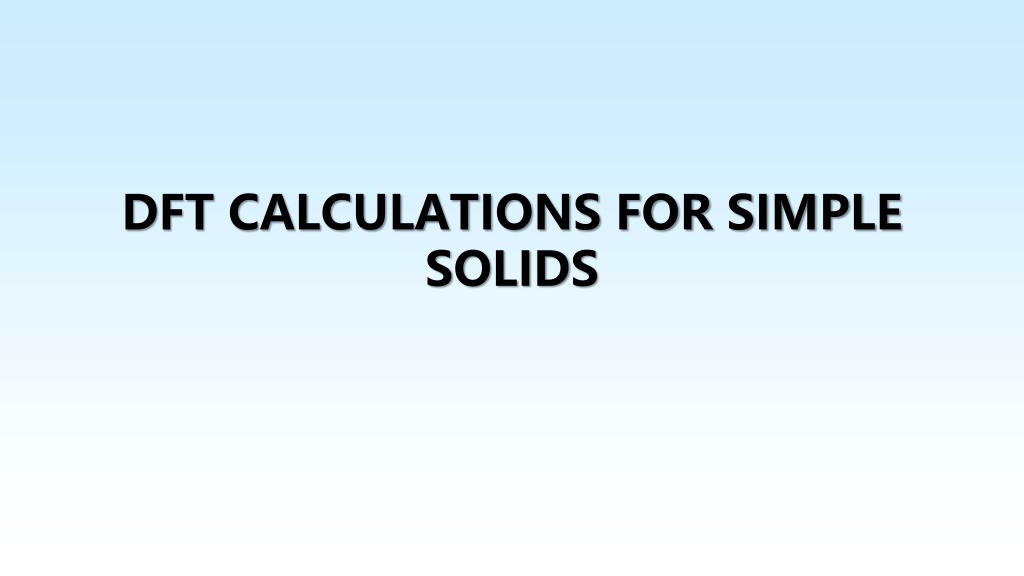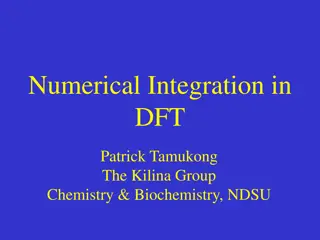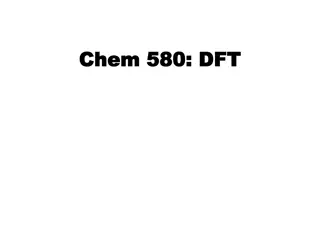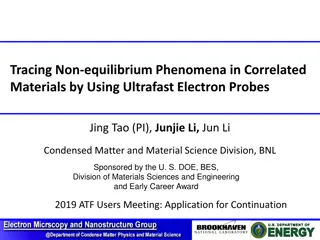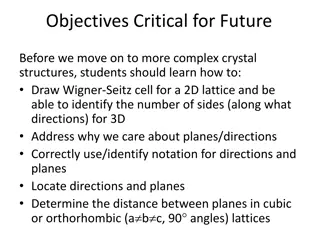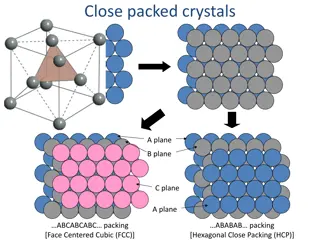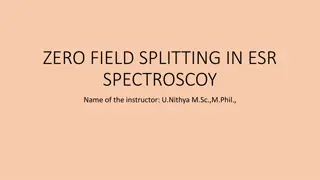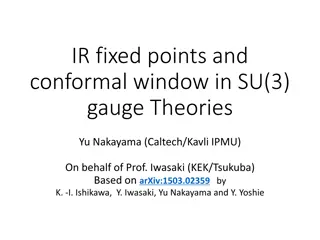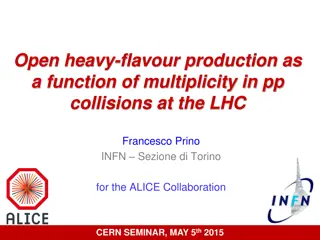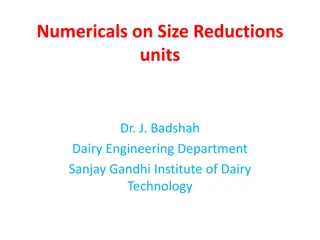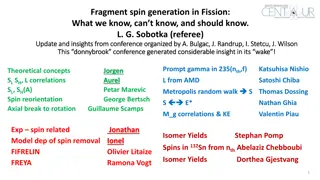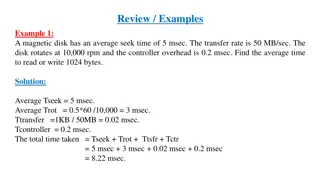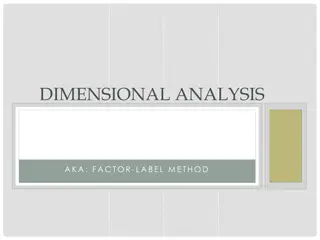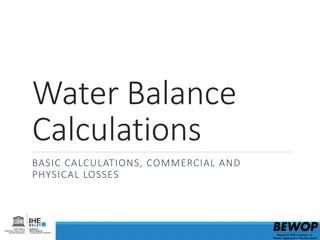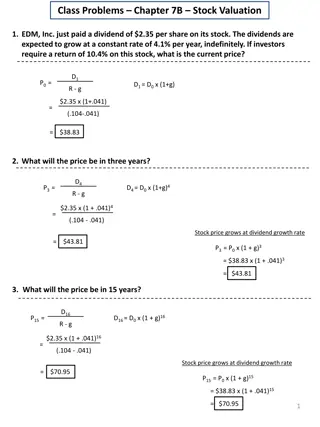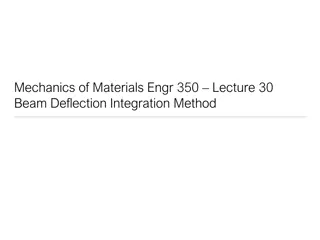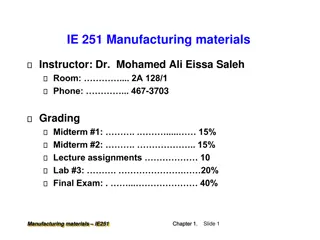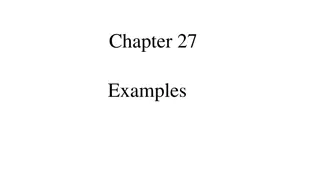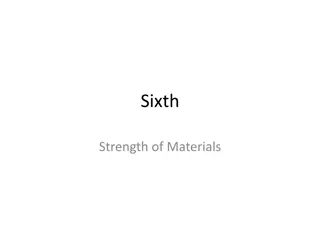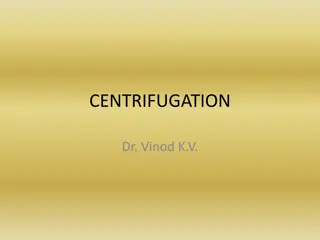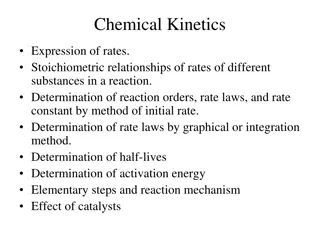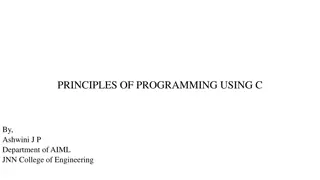Understanding Lattice Constants in Materials Using DFT Calculations
Using Density Functional Theory (DFT) calculations, we explore how to determine the lattice constant of simple cubic, face-centered cubic (fcc), and hexagonal close-packed (hcp) materials. By fitting numerical data and analyzing energy considerations, we predict lattice constants for various metal structures like copper (Cu). The process involves defining supercells, cell vectors, and total energy calculations to match theoretical and experimental values.
Download Presentation

Please find below an Image/Link to download the presentation.
The content on the website is provided AS IS for your information and personal use only. It may not be sold, licensed, or shared on other websites without obtaining consent from the author. Download presentation by click this link. If you encounter any issues during the download, it is possible that the publisher has removed the file from their server.
E N D
Presentation Transcript
DFT CALCULATIONS FOR SIMPLE SOLIDS
2.1 PERIODIC STRUCTURES, SUPERCELLS, AND LATTICE PARAMETERS The vectors that define the cell volume and the atom positions within the referred to as the supercell, and the definition of a supercell is the most basic calculation. cell are collectively input into a DFT 2
How can we use calculations of this type to determine the lattice constant of our simple cubic metal that would be observed in nature? 3
The simplest approach is to write the total energy using a truncated Taylor expansion: By corresponding to the minimum energy. definition, =0 if a0 is the lattice parameter 5
This suggests that we can fit our numerical data to : The solid black curve shown in Fig. 2.1 is the result of fitting this curve to our data using values of a from 2.25 to 2.6 . This fitted curve predicts that a0 is 2.43 . 6
2.2 FACE-CENTERED CUBIC MATERIALS We define fcc metal cell vectors: These vectors define the fcc lattice if we place atoms at positions: 7
From the curve in Fig. 2.3 we predict that a0=3.64, experimentally, the Cu lattice constant is 3.62 . 9
2.3 HEXAGONAL CLOSE-PACKED MATERIALS The supercell for an hcp metal can be defined using the following cell vectors: 10
Using DFT to predict the lattice constant of Cu in the simple cubic or fcc straightforward; we just did a series of calculations of the total energy as a function of the lattice parameter, a. The fact that the hcp structure has two independent parameters, a and c, complicates this process. crystal structures was 11
One way to proceed is to simply fix the value of c/a and then calculate a series of total energies as a function of a. 12
The energy functional can be written as Where we have split the functional into a collection of terms we can write down in a simple analytical form, Eknown[{ i}], and everything else, EXC. The known terms include four contributions: 13
2.4 CRYSTAL STRUCTURE PREDICTION The main message from this discussion is that DFT is very well suited to predicting the energy of crystal structures within a set of potential structures, but calculations alone are almost never sufficient to truly predict new structures in the absence of experimental data. 14
2.5 PHASE TRANSFORMATIONS The Gibbs free energy can be written as: where Ecoh, V, and S are the cohesive energy , volume, and entropy of a material. 15
If we are comparing two possible crystal structures, then we are interested in the change in Gibbs free energy between the two structures: In solids, the first two terms tend to be much larger than the entropic contribution from the last term in this expression, so 16
